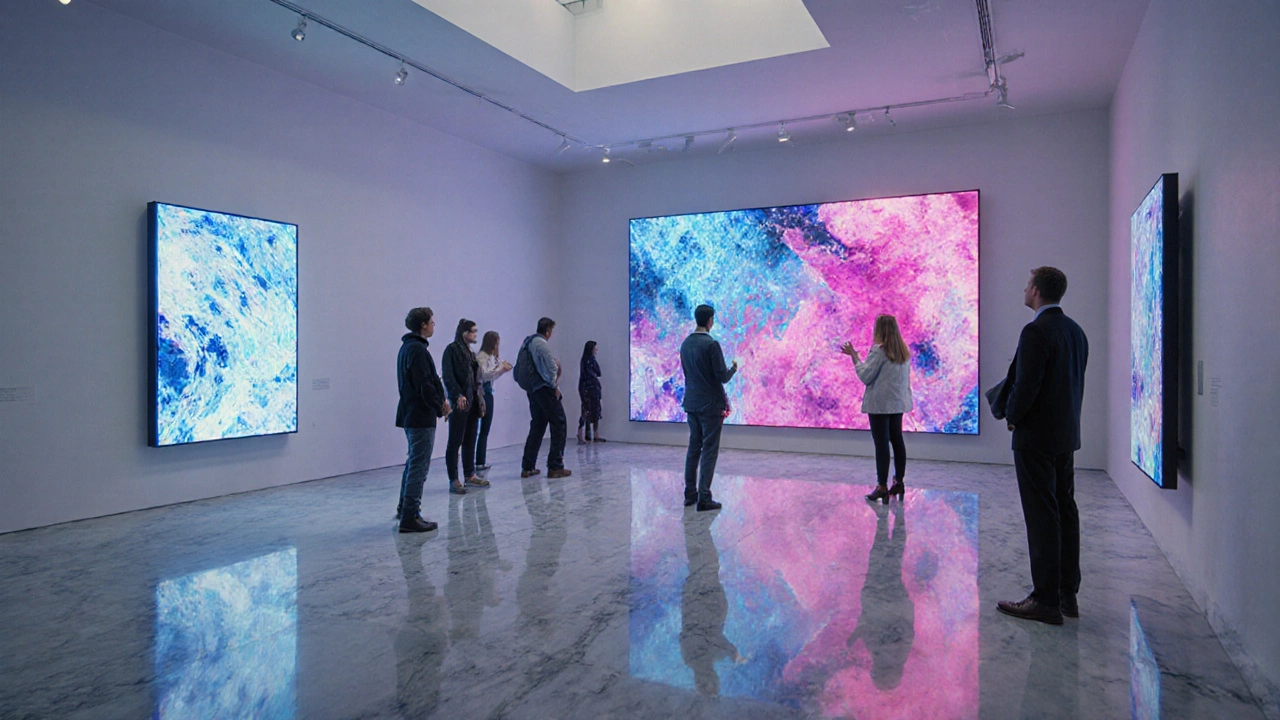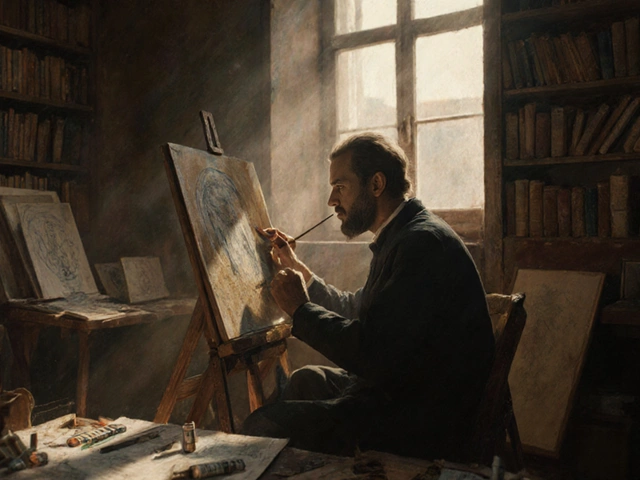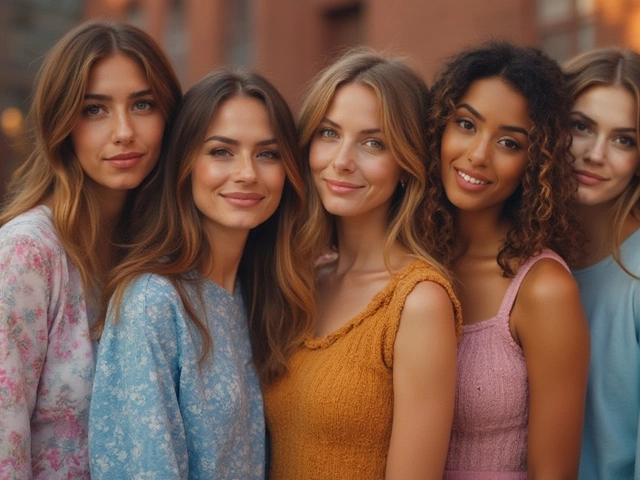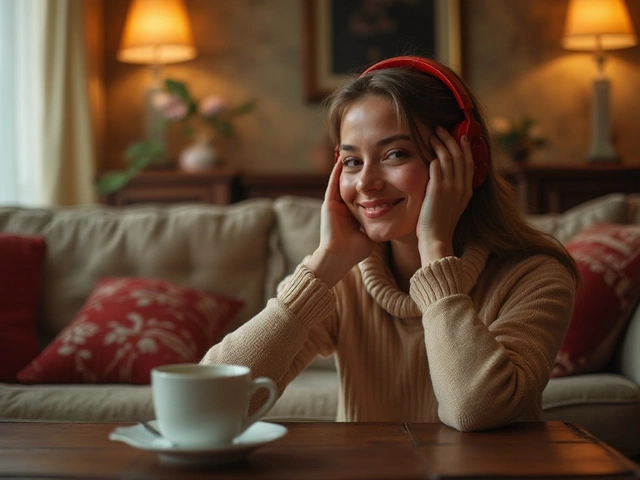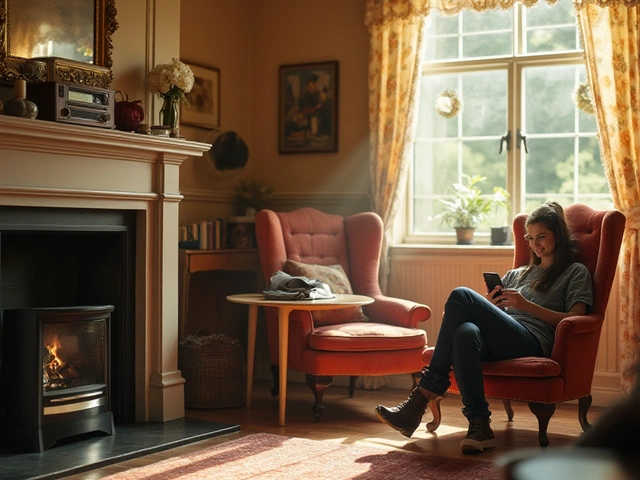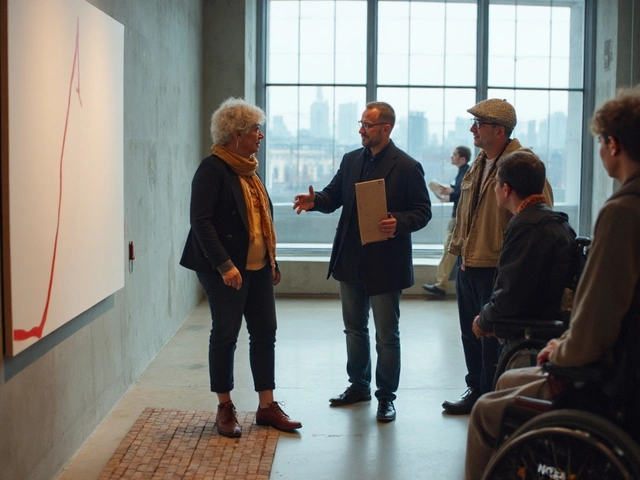Modern Art Style Calculator
How to Identify the Most Modern Art Style
This tool helps you evaluate contemporary art styles based on three key criteria mentioned in the article. Enter your scores for each criterion to see which style ranks highest.
Tech Integration Level
How much does the art rely on cutting-edge hardware or software that wasn't available a few years ago? AI-Generated Art and Immersive VR rank highest.
Temporal Relevance
Does the piece comment on current events, digital culture, or recent scientific breakthroughs? Post-Internet and Data-Visualization excel here.
Institutional Adoption
Are major museums, biennales, or auction houses showcasing the style? NFT Art's leap into Christie's signals mainstream acceptance.
About This Tool
Based on the article, the 'most modern' style is determined by scoring each art movement against three criteria:
- Tech Integration Level 1-10
- Temporal Relevance 1-10
- Institutional Adoption 1-10
Results
Enter your scores for each criterion and click 'Calculate Most Modern Style' to see the results.
When you hear the phrase most modern art style, you probably picture a gallery filled with glowing screens, AI‑crafted paintings, or installations that bend reality. The truth is, the art world has been racing forward for the past decade, birthing styles that blend technology, biology, and social media into each other. This guide walks you through the leading movements shaping today’s visual culture, how they differ, and where you can see them in action.
Understanding Modern vs. Contemporary
First, let’s clear up a common mix‑up. Modern Art refers to the artistic period roughly from the 1860s through the 1970s, encompassing movements like Impressionism, Cubism, and Abstract Expressionism. By contrast, Contemporary Art covers works produced from the late 20th century to the present day, reflecting current technology, politics, and culture. The question you asked taps into the tail end of the contemporary era-today’s ultra‑new vessels for creative expression.
Emerging Styles That Define the 2020s
Below are the eight most talked‑about styles that scholars, curators, and collectors agree are shaping the frontier of visual culture.
-
Post‑Internet Art is art created after the internet became a cultural backbone, often referencing memes, social media aesthetics, and the always‑on digital environment.
Artists like Petra Cortright and Jon Rafman remix GIF loops, screenshots, and code to comment on how online life reshapes perception.
-
AI‑Generated Art uses machine‑learning models-especially generative adversarial networks (GANs)-to produce images, sculptures, or sound based on data fed to the algorithm.
Tools such as Midjourney, DALL‑E, and Stable Diffusion let creators input a text prompt and instantly receive a visual output, blurring the line between programmer and painter.
-
Generative Art relies on algorithmic processes-often written in code-to generate patterns, forms, or whole compositions that evolve in real time.
Digital artist Refik Anadol visualizes city data streams as fluid, ever‑changing projections, turning raw information into immersive landscapes.
-
BioArt incorporates living organisms, DNA, or biological processes into the artwork, questioning the ethics of manipulation and the definition of life.
Eduardo Kac’s “GFP Bunny” famously glowed green under a microscope after being genetically modified, sparking debates on art’s biological frontier.
-
Immersive Virtual‑Reality Art places the viewer inside a fully simulated 3D world, often using head‑mounted displays and motion tracking.
The team at Marshmallow Laser Feast creates multi‑sensory VR experiences where audiences can walk through a glowing coral reef that reacts to their breath.
-
NFT Art mints digital artworks on blockchain platforms, granting provable ownership and scarcity.
Beeple’s “Everydays: The First 5000 Days” sold for $69 million at Christie’s, cementing NFTs as a legitimate market channel.
-
Data‑Visualization Art turns raw data sets-climate stats, social media trends, financial flows-into visual narratives.
Obvious’s “AI‑Generated Climate Portraits” convert temperature records into abstract color fields, making climate change palpable.
-
Digital Installation combines projection mapping, sensor‑driven interaction, and sound design to create site‑specific environments.
TeamLab’s “Borderless” museum in Tokyo offers rooms where projected flora bloom in response to a visitor’s movement.
Quick Comparison of Today’s Cutting‑Edge Styles
| Style | Core Technique | Typical Medium | Notable Artists | First Appearance (Year) |
|---|---|---|---|---|
| Post‑Internet Art | Screen capture, meme collage | Digital video, PNG, web page | Petra Cortright, Jon Rafman | 2010 |
| AI‑Generated Art | GANs, diffusion models | Digital print, NFT | Refik Anadol, Robbie Barrat | 2017 |
| Generative Art | Algorithmic code, procedural rules | Projection, web canvas | Manolo Gamboa Naon, Zach Lieberman | 2005 |
| BioArt | Genetic manipulation, living media | Living tissue, bioluminescent organisms | Eduardo Kac, Oron Catts | 1998 |
| Immersive VR Art | Real‑time 3D rendering, motion tracking | VR headset, spatial audio | Marshmallow Laser Feast, Laurie Anderson | 2016 |
| NFT Art | Blockchain minting, tokenization | Digital file, smart contract | Beeple, Pak | 2014 |
| Data‑Visualization Art | Statistical mapping, aesthetic coding | Interactive web, large‑scale print | Moritz Stefaner, The Data Visualization Society | 2012 |
| Digital Installation | Projection mapping, sensor interaction | LED walls, kinetic sculptures | TeamLab, Random International | 2008 |
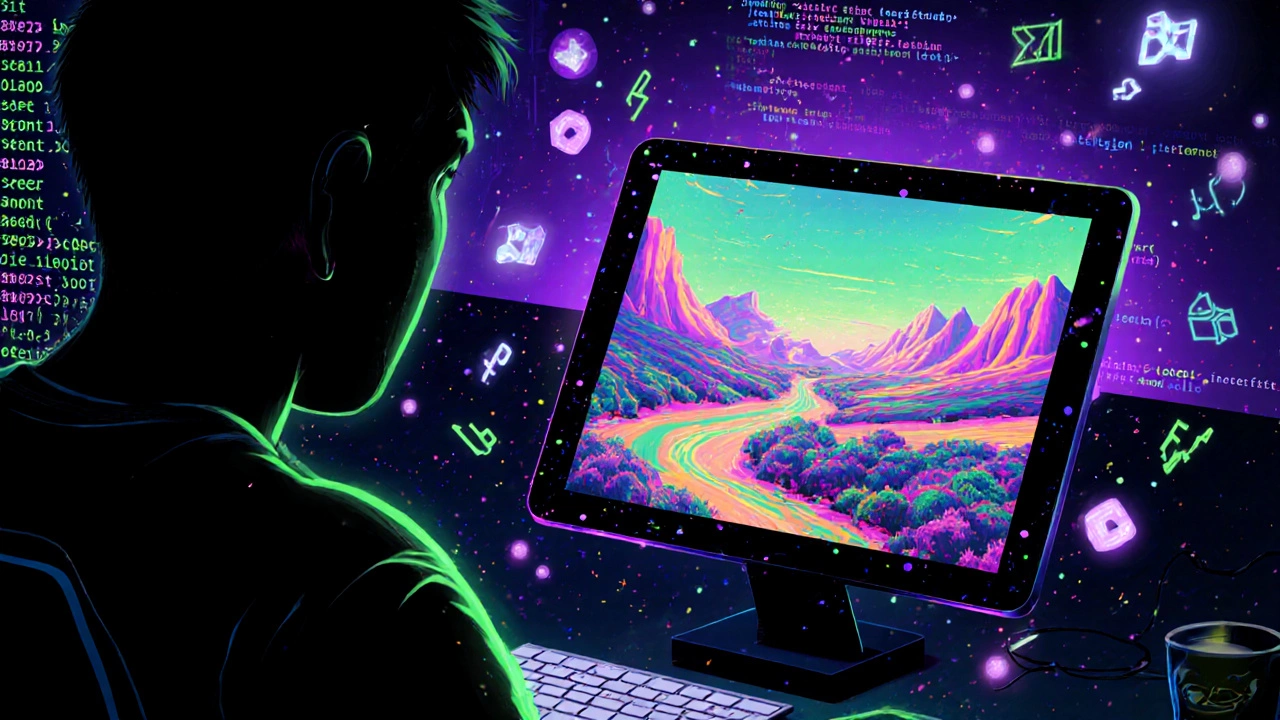
How to Identify the *Most Modern* Style
Even with this list, you might wonder which of these truly qualifies as the “most modern.” Here are three practical criteria you can apply:
- Tech Integration Level: Does the work rely on cutting‑edge hardware or software that wasn’t available a few years ago? AI‑generated art and immersive VR rank highest.
- Temporal Relevance: Does the piece comment on current events, digital culture, or recent scientific breakthroughs? Post‑Internet and Data‑Visualization excel here.
- Institutional Adoption: Are major museums, biennales, or auction houses showcasing the style? NFT Art’s leap into Christie’s and TeamLab’s permanent exhibitions signal mainstream acceptance.
When a movement scores strong on all three, you’ve likely found the cutting edge. Right now, many curators argue that **AI‑Generated Art** sits at the apex because it merges advanced algorithms, immediate cultural relevance, and high market visibility.
Where to Experience These Styles Firsthand
Seeing is believing, and the best way to feel the pulse of today’s art is to visit spaces that embrace these experiments.
- Online Platforms: OpenSea and SuperRare host NFT drops; ArtStation’s “AI Art” channel curates daily GAN pieces.
- Physical Venues: The Museum of Contemporary Art (MCA) in Chicago’s “AI: The New Aesthetic” exhibit; TeamLab Borderless in Tokyo; the New Zealand Art Gallery’s “Living Matter” BioArt showcase (2024).
- Hybrid Experiences: AR‑enabled street murals in Wellington let you scan a QR code and watch the work morph in real time, blending street art with digital layers.
Keep an eye on major art fairs-Frieze London, Art Basel Miami Beach, and the Sydney Biennale-because they often debut the next wave of experimental practice.
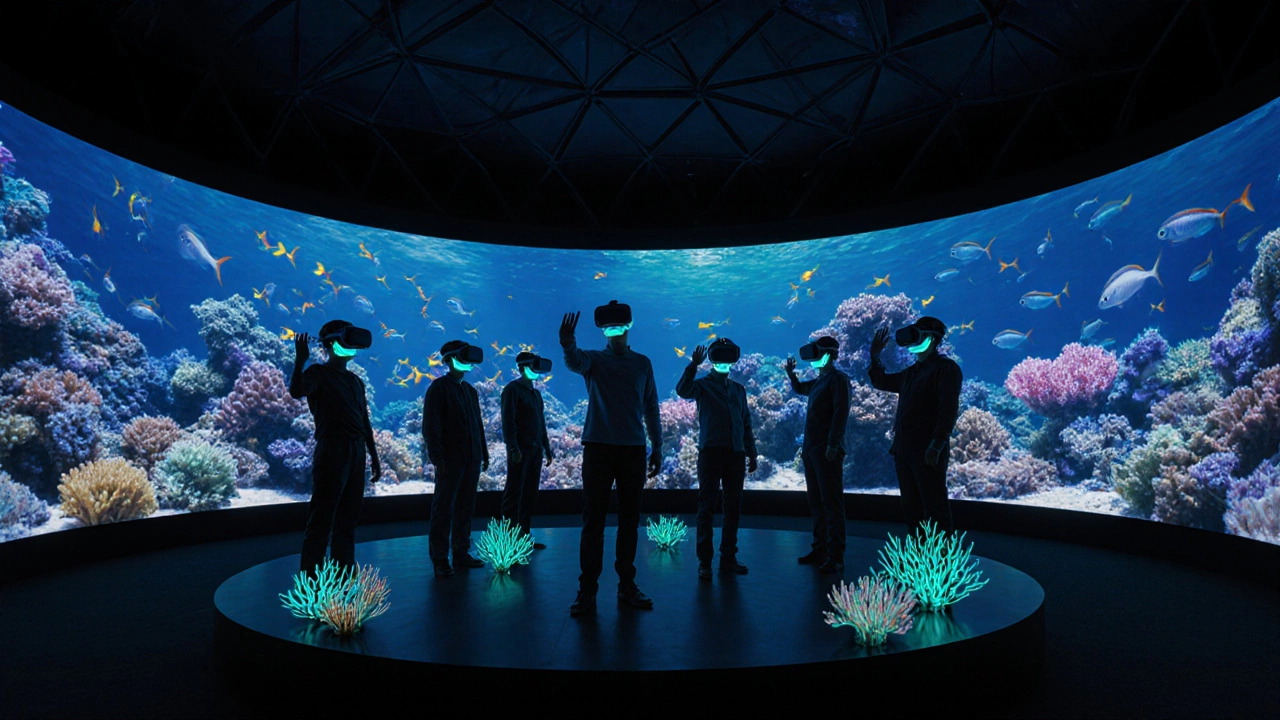
Common Pitfalls When Exploring New Art Styles
Venturing into unfamiliar territory can be exciting, but beware these traps:
- Tech‑First Bias: Assuming a style is “better” just because it uses fancy tech. Remember, concept and critique still matter.
- Market Hype: NFT prices can skyrocket then crash. Treat purchases as speculative unless you deeply love the piece.
- Accessibility Overlook: Some immersive VR rooms require expensive headsets. Look for pop‑up exhibitions that offer loaner gear.
Takeaway Checklist
- Identify the style that scores highest on tech, relevance, and institutional support.
- Visit both online galleries and physical venues to see the work in context.
- Stay critical-new doesn’t always mean better.
What distinguishes Post‑Internet Art from traditional digital art?
Post‑Internet Art references the cultural aftereffects of the internet-memes, platform aesthetics, and the feeling of always being online-while traditional digital art focuses mainly on technique and tool use without that cultural commentary.
Can I create AI‑Generated Art without coding?
Yes. Platforms like Midjourney, DALL‑E, and DreamStudio provide intuitive text‑prompt interfaces, letting anyone generate sophisticated images without writing code.
Is BioArt safe for the environment?
Practitioners follow strict lab safety protocols, but ethical concerns remain about using living organisms. Most reputable BioArt projects disclose their methods and obtain ethical clearances.
Where can I buy an NFT artwork securely?
Use reputable marketplaces such as OpenSea, SuperRare, or Foundation, and always verify the creator’s wallet address before purchasing.
Do immersive VR installations require a high‑end headset?
Many exhibitions provide loaner headsets or use more accessible platforms like Oculus Quest. Check the venue’s visitor info for equipment details.
